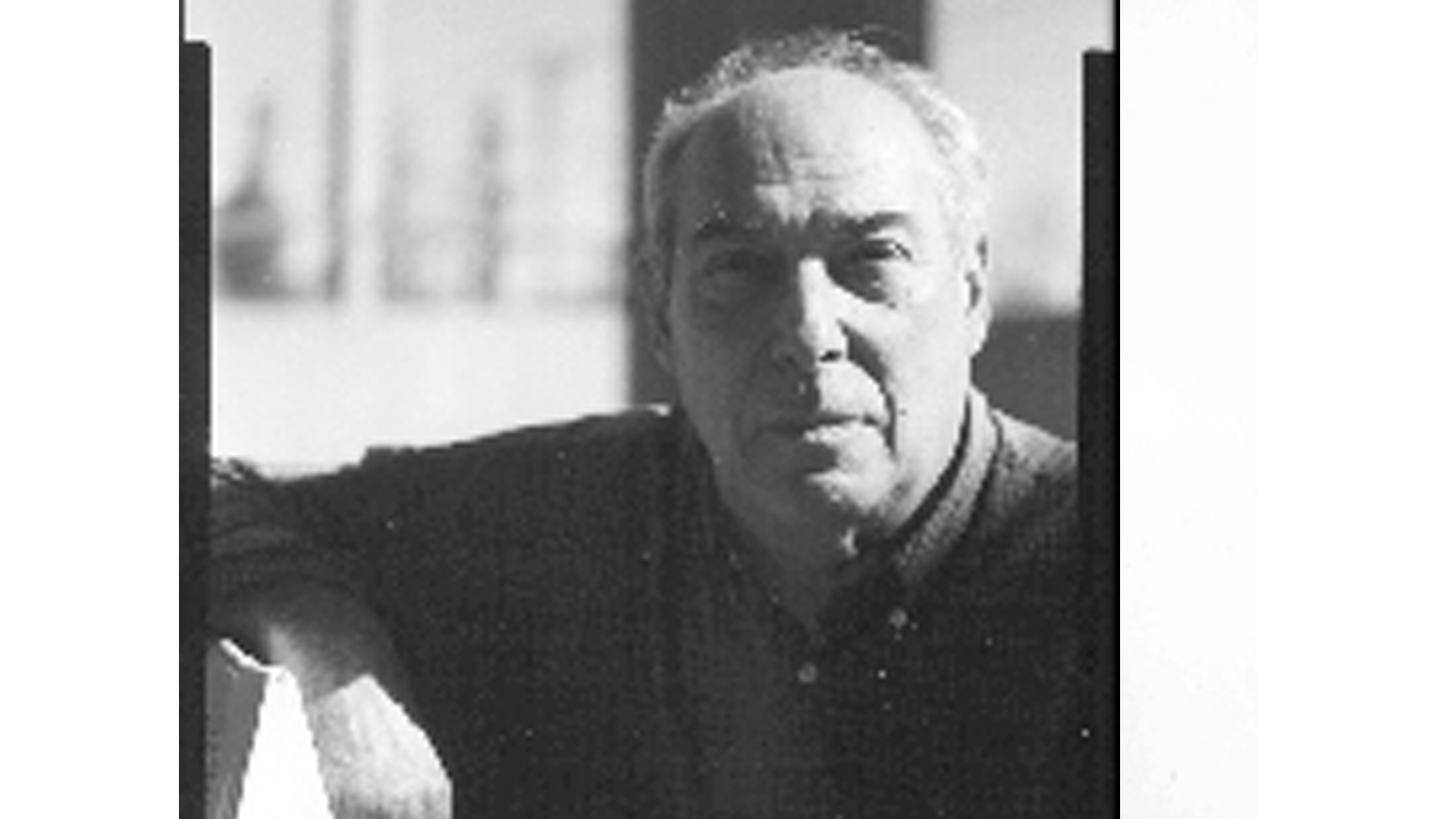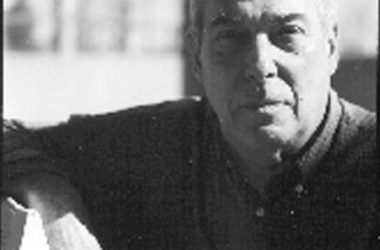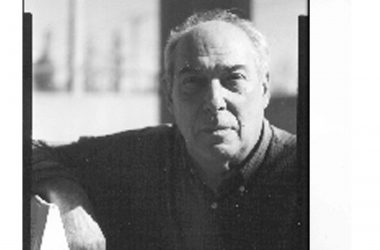I entered Central High School in September of 1954. Around that time I first heard the Yiddish word “shikse” (a gentile female). I had already heard the word “schwartze” (black, commonly used for a person, especially a domestic servant). Shortly afterwards, the Davy Crockett television series aired, its theme song, “The Ballad of Davy Crockett,” hit the pop charts, and a parody of it began to circulate: “Born on a mountain top in Palestine, killed him an Arab when he was only nine… It’s not Davy Crockett, it’s Davy Stein.” Nothing could have better served to initiate me into the school.
Central High School was (and is) the Philadelphia counterpart of Boston Latin and Bronx Science, a college preparatory public magnet school. Admission was by exam. Students were drawn from all over the city, although in my day a disproportionate number lived close to the school. (I think it accepted applicants from nearby regardless of their academic rank or test scores.) CHS provided first-rate academic training, especially to those in the honors track. One example will indicate the sort of rigor the school demanded: on one occasion our senior-year English teacher, James Gordon, was interrogating the class about a certain poem: “You, son,” he said, pointing at a student, “tell us what the poem says.” “Well, Dr. Gordon, I think…” began the hapless youth. “Son,” said the great man, “I don’t give a damn what you think. Tell us what the poem says.” I give CHS much of the credit for whatever intellectual skills I possess. More than either college or graduate school it taught me how to think. Only my experience arguing politics in small radical groups compares to it.
My father had attended CHS, and I grew up hearing tales of the place, and had even met some of his former classmates. Naturally I wanted to go there, even though it was a long bus and subway ride from where we lived. Amid all his stories, he never mentioned the school’s overwhelmingly Jewish atmosphere, which, as I later learned from looking through his yearbook, was already the case in the 1920s when he went there. Decades later I read an academic history of the school that also omitted that not insignificant fact. Perhaps for the historian as well as for my father it was a case of the fish not knowing it was wet, but now it seems to me more like the dog that did not bark.
CHS was founded in 1836 to educate the Quaker-Episcopalian elite of Philadelphia. In 1849 it had been authorized to grant the Bachelor of Arts degree, the only high school in the U.S. so favored. By the 1920s it had become, like the City College of New York, a vehicle for upward social mobility for the children of immigrants, mainly Jews. By the 1950s roughly seventy-five percent of the students were Jews, fifteen percent Protestant whites and ten percent Negroes (as that interesting group of people of mixed African, European and Amerindian descent were then known), with a few “others.” All were boys. (In the 1980s, as the neighborhood of the school, and therefore the student body, shifted from white to black, the school opened up to—gasp!—girls. Whatever the intention, going co-ed had the effect of enlarging the pool of academically-motivated white students, thereby preserving its traditional demographic composition.)
If I had previously been vaguely aware that I was “Jewish,” at CHS Jewish consciousness was pounded into me. The place was a giant Jewish fraternity, all-but-formally shutting down on Jewish holidays. If that was not enough, within it there were actual fraternities. Lots of kids belonged to the Jewish fraternity, AZA, the initials standing for letters in the Hebrew alphabet. There were several chapters, each of which was supposed to have its own distinctive character. Most important, each had its own distinctive jacket. I had not even known there were such things as high-school fraternities, and they fascinated me, especially the jackets. For a few months I considered joining one, and tried to investigate the differences among them, but soon lost interest, I think because none met near where I lived, and besides I had other things on my mind. The Protestant whites had their own fraternities, but it never crossed my mind to learn about them. I knew nothing of black life at CHS.
There were athletes, musicians, scholars and social types among the Jews, and I presume similar groups among the gentiles, but these distinctions were insignificant compared to the distinction between Jew and non-Jew. The Jewish students regarded themselves as members of a superior race. They did not exactly blame white Protestant teenagers for the crimes of Hitler but rather resented them for belonging to what was then the ruling group in America, believing that they did not deserve their elevated status because they were not as smart as Jews. I have always disliked the term “WASP” (white Anglo-Saxon Protestant), which in my opinion represents an effort on the part of Jews and other “ethnic” Americans to exempt themselves from guilt for America’s mistreatment of its minorities. The term did not exist when I was at CHS, but if it had I am sure it would have been applied liberally.
In response to this Jewish arrogance, members of the gentile white “minority” tended to congregate in activities Jews eschewed, particularly in the early morning patrol. All the students were aware of the pattern; some deplored it, but few understood it, because few, at least in my circle, saw Jews as other than victims, historically speaking. (It was only a few years after Hitler.) At a class reunion years later one of the white Protestant students confided to a Jewish classmate how much he and others had suffered under the Jewish majority at CHS. Even now, more than fifty years after graduation, I still cringe in shame at the memory of how I participated in the degradation of my classmates.
Toward black classmates the Jewish students were sympathetic—and condescending. That was before the split between black radicalism and Jewish liberalism, and most northern Jews favored Civil Rights while regarding themselves as the Negroes’ natural superiors. In the fall of 1957, my senior year, all eyes turned to Little Rock, Arkansas, where President Eisenhower sent federal troops in response to Governor Faubus’s defiance of a court order calling for the admission of seven black students to Little Rock Central High School. The coincidence was too good to pass up, and our school newspaper ran a feature article, signed by me, comparing segregation at the “Two Centrals.” With fine impartiality the article assigned responsibility even-handedly to all groups. It was smug and self-serving blindness.
Send comments to [email protected]. Indicate if they are intended for publication.



